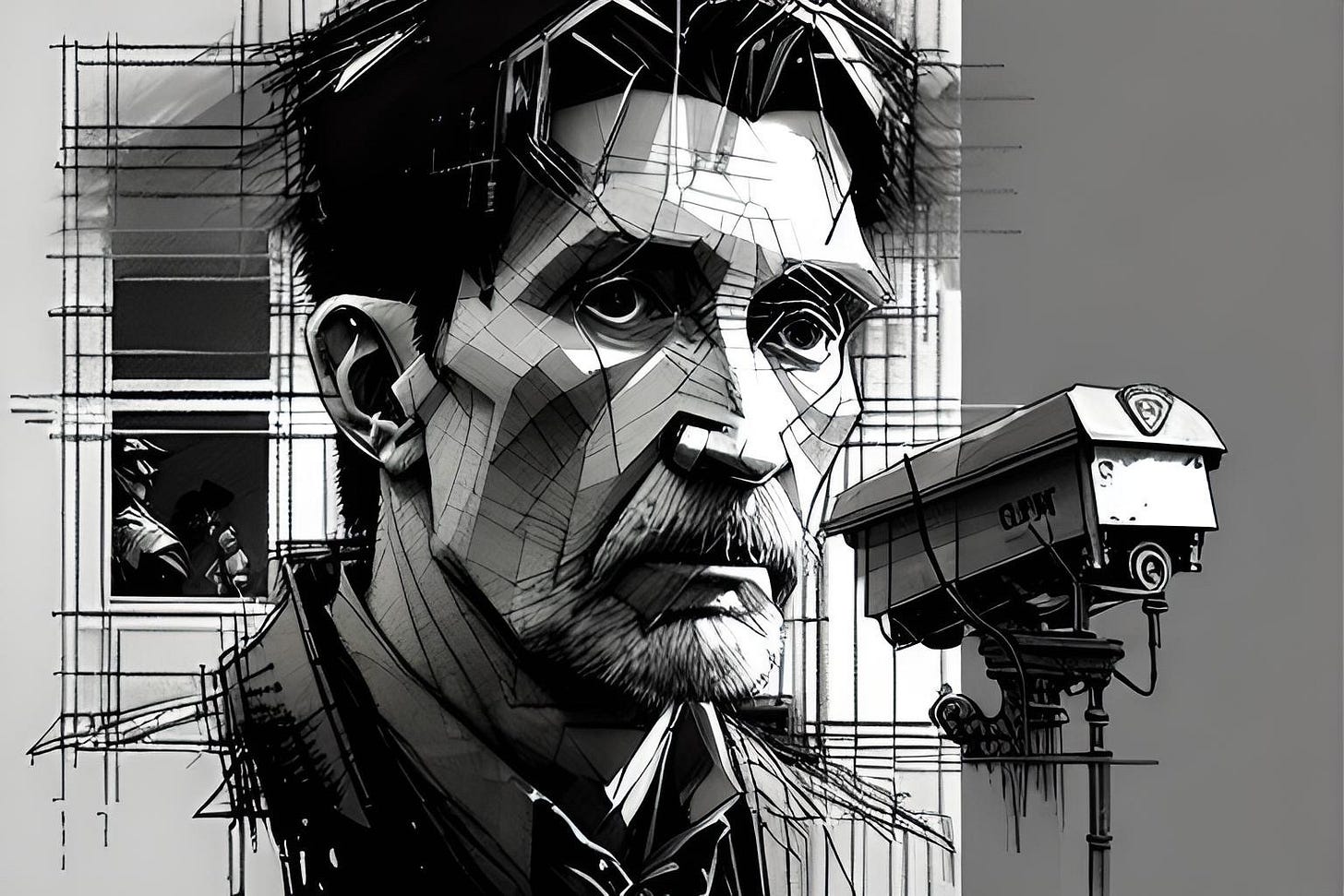In the early nineteenth century, Jeremy Bentham, one of the oddest and most original of English thinkers, designed a prison where every prisoner could be watched at all times. He called it the Panopticon. Elements of his design were later implemented in real prisons in the hope of better controlling and reforming prisoners. It is now in the process of being implemented on a global scale that is often associated together with the Fourth Industrial Revolution as “Technocratic Panopticon.”
For example, the case of video surveillance in Britain suggests one reason - according to British reports it provides an effective and inexpensive way of fighting crime. In the United States, cameras have long been used in department stores to discourage shoplifting. More recently they have begun to be used to apprehend drivers who run red lights. While there have been challenges on privacy grounds, it seems likely that the practice will spread.
Crime prevention is not the only benefit of surveillance. Consider the problem of controlling auto emissions. The current approach imposes a fixed maximum on all cars, requires all to be inspected, including new cars that are almost certain to pass, and provides no incentive for lowering emissions below the required level. It makes almost no attempt to selectively deter emissions at places and times when they are particularly damaging.
Keep reading with a 7-day free trial
Subscribe to A Lily Bit to keep reading this post and get 7 days of free access to the full post archives.



